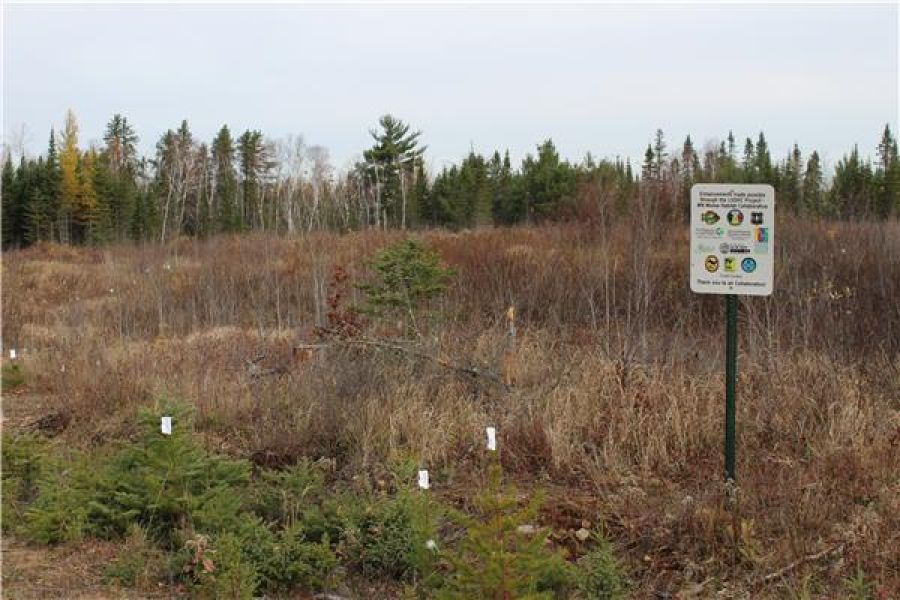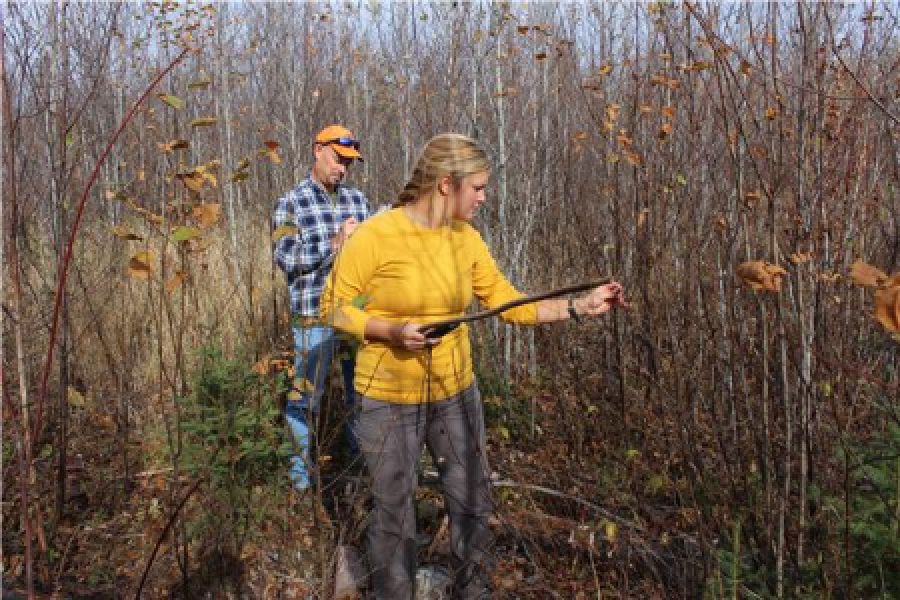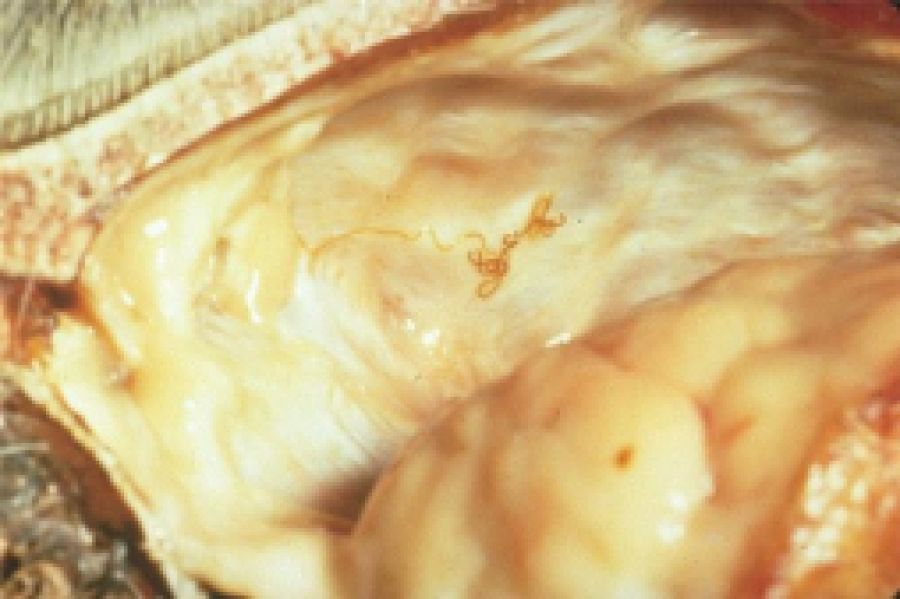Moose Research
Mooz is a culturally significant part of our member bands connection to the landscape here in the 1854 Ceded Territory. In fact, because 400-700 pounds of meat can be harvested off of one animal, moose more or less serves as an icon for subsistence harvest and treaty reserved resources. 1854 Treaty Authority puts a substantial amount of emphasis on management of the resources upon which exercise of treaty rights are based, and therefore managing moose is a high priority. A significant decline in Minnesota’s moose population from 2006-2012 prompted concerns about their long-term future in the ceded territory.
See the DNR's latest on Proximate Causes of Adult Moose Mortality
Since 2002, 1854 Treaty Authority has been collaborating with Grand Portage Band, Bois Forte Band, Minnesota DNR, University of Minnesota, National Park Service, Minnesota Zoo, and other groups to conduct research and monitor the moose population to obtain:
- Baseline information on reproduction and survival rates
- Causes and rates of non-hunting mortality
- Habitat use
- Movement of individuals
At first, moose research included attaching radio collars to individual animals that required researchers to go out and listen to signals to locate animals and determine if they were moving (alive) or not (probably dead). Advances in technology have led to collaring moose with GPS collars that can send locations and movement data right to our computers, saving time and money and allowing us to detect mortalities faster. Since 2002, multiple collaring events for various projects have resulted in about 100 moose wearing collars and providing the basis for study at any given time.
While project partners continue to focus on causes and rates of mortality, 1854 has turned their moose management efforts to assessing the preferences, availability, and quality of moose forage habitat (…moose food).
MONITORING MOOSE HABITAT IMPROVEMENT SUCCESS
High-quality moose forage can be created by a variety of natural disturbances such as wildfire and windstorms. Timber harvest, shearing, and prescribed fire can provide some of the same benefits to moose. 1854 Treaty Authority has partnered with other tribal, county, state, federal, and non-profit agencies to form the Minnesota Moose Habitat Collaborative, which has completed mechanical disturbance treatments across moose range in an effort to improve moose habitat. We are evaluating these sites for moose utilization at different time scales to determine how often and how long after a disturbance the area produces and sustains moose foraging habitat.
How the Study is Conducted
We have been monitoring 44 sites that were mechanically disturbed in an effort to improve moose browse. We visit each site 1, 3, and 5 years after treatment to see which plant species are regenerating, the height of the new growth, and if moose have been using the site. These data will help to determine if certain treatments are more effective at creating moose habitat, and how long the treatments are beneficial to moose. Read the 2019 report.
PARASITE RESEARCH
Not only will a shift in seasonal climate effect the types and abundance of vegetation on the landscape, it will also open the opportunity for different species to roam around. Historically there were few whitetail deer or moose in the Arrowhead Region – oral history tells us there were more caribou on the landscape. Logging and settlement made conditions more favorable for moose, and now a variety of factors are favoring whitetail deer over moose. As the abundance of deer on the landscape grows, the resultant overlap of deer and moose range can cause problems for our moose. There is a higher prevalence of the parasites carried by whitetail deer crossing right into moose range, taking a toll on their health.
The brainworm (P. tenuis) parasite that is carried by whitetail deer, although rarely affecting deer, is problematic when it infests moose. Adult worms develop in deer and then shed larvae through deer fecal pellets. Gastropods (tiny land snails) encounter the larvae on the pellets, become infected, and serve as an intermediate host. When moose accidentally ingest infected snails, the larvae develop into adult worms that often cause neurological issues. Liver flukes (Fascioloides magna) are also carried by whitetail deer and are similarly passed through gastropods to moose. While liver flukes are generally not thought to be fatal for moose, heavy infestations can significantly reduce liver function through fibrosis and result in chronic poor body condition. This is particularly important as expected trends in climate change are generally favorable for deer, and parasites carried by deer.
How the Study is Conducted
As our wildlife management project partners work to get a better understanding of deer and moose habitat overlap, 1854 is investigating the presence of both of brainworm and liver fluke parasites in whitetail deer to better understand this factor that impacts moose mortality. Both of these parasites can be confirmed by examining deer fecal pellets. Deer pellets are collected when deer would actively be shedding brainworm larvae and liver fluke eggs – February through mid-April. The results from parasite presence or absence per location is valuable in identifying types of habitat management that may favor moose over deer and result in a decreased likelihood of parasite transmission between the species. Read the most recent report here.



P. tenuis identified during a moose necropsy.